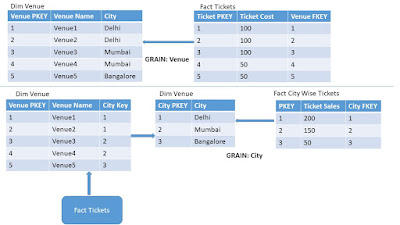As shared in my previous blog, algorithm selection is a very important and confusing part for any Machine Learning project. It is very difficult for a newbie to understand which algorithm suits best for the requirement an data.
Before selecting the algorithm, one needs to understand what type of predictive algorithm is needed.
In most of the ML projects, one would come across situations which would fall under the umbrella of supervised machine learning(we will talk about unsupervised ML in some other article). There are 2 types of supervised algorithms:
1.) Classification : A classification problem is when your output is a category. For example deciding if the person is Rich, Middle Class and poor based on the income and other parameters. In these case output could only be a category.
2.) Regression: A regression problem is when your out is a value. For example predicting the weight of the person based on the appearance parameters.
Once we understand what is the type of our problem we can look for the algorithms related to that side.
Hope this clarifies.
Before selecting the algorithm, one needs to understand what type of predictive algorithm is needed.
In most of the ML projects, one would come across situations which would fall under the umbrella of supervised machine learning(we will talk about unsupervised ML in some other article). There are 2 types of supervised algorithms:
1.) Classification : A classification problem is when your output is a category. For example deciding if the person is Rich, Middle Class and poor based on the income and other parameters. In these case output could only be a category.
2.) Regression: A regression problem is when your out is a value. For example predicting the weight of the person based on the appearance parameters.
Once we understand what is the type of our problem we can look for the algorithms related to that side.
Hope this clarifies.

